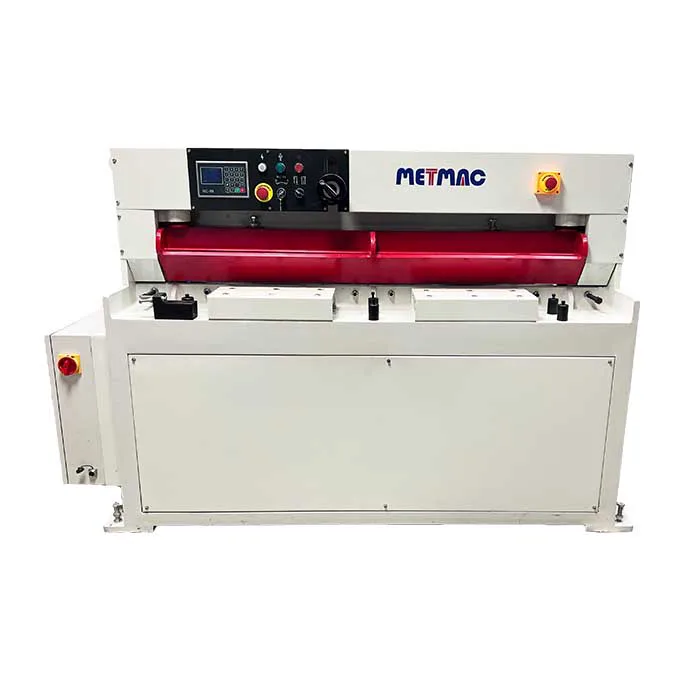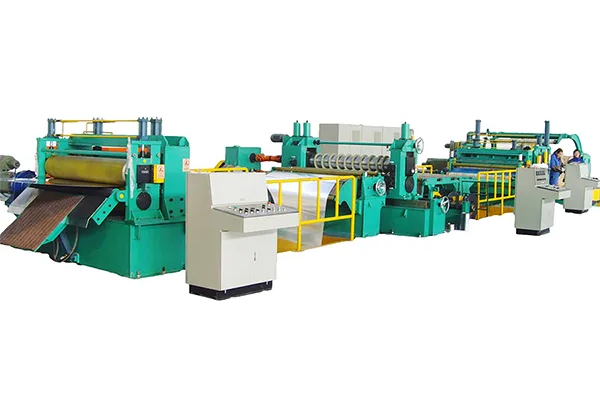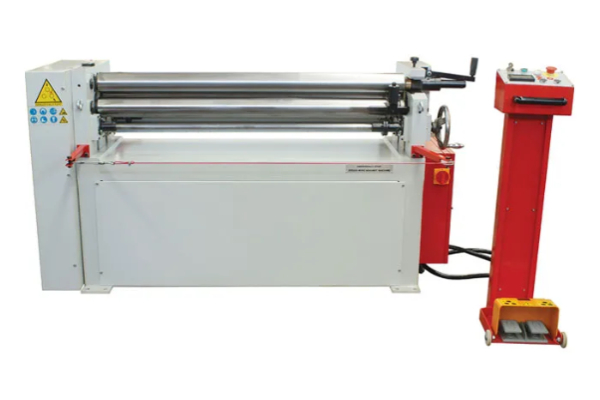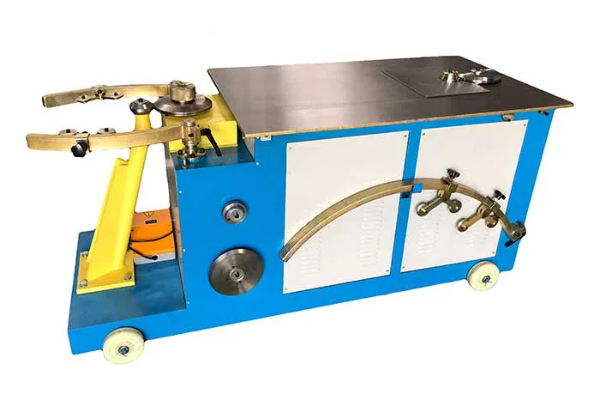
How Thin Metal Laser Cutting Machines Handle Various Metal Types and Thicknesses
- By:Metmac
- 2024-09-10
- 148
Thin metal laser cutting machines are rapidly becoming the industry standard for cutting thin metal sheets and tubes. These machines offer a number of advantages over traditional cutting methods such as plasma cutting and waterjet cutting, including:
High precision: Laser cutting machines can cut with a high degree of precision, which is essential for many industrial applications.
Fast cutting speeds: Laser cutting machines can cut at high speeds, which can save time and money.
Clean cuts: Laser cutting machines produce clean cuts with minimal burrs or dross, which can reduce the need for secondary finishing operations.
Versatility: Laser cutting machines can cut a wide variety of metal types and thicknesses, making them a versatile tool for a variety of applications.
Metal Types
Thin metal laser cutting machines can cut a wide variety of metal types, including:
Carbon steel: Carbon steel is the most common type of metal cut by laser cutting machines. It is a versatile material that is well suited for a variety of applications.
Stainless steel: Stainless steel is a corrosion-resistant alloy that is often used in applications where hygiene and cleanliness are important.
Aluminum: Aluminum is a lightweight metal that is often used in aerospace and automotive applications.
Copper: Copper is a conductive metal that is often used in electrical applications.
Brass: Brass is a corrosion-resistant alloy that is often used in plumbing and marine applications.
Metal Thicknesses
Thin metal laser cutting machines can cut a wide range of metal thicknesses, from thin foils to thick plates. The maximum thickness that a particular machine can cut will depend on the laser’s power and the type of metal being cut.
For example, a 1 kW laser cutting machine can typically cut carbon steel up to a thickness of 1/4 inch. A 2 kW laser cutting machine can typically cut carbon steel up to a thickness of 1/2 inch. And a 3 kW laser cutting machine can typically cut carbon steel up to a thickness of 3/4 inch.
Cutting Quality
The cutting quality of a laser cutting machine will depend on a number of factors, including the laser’s power, the type of metal being cut, and the cutting speed.
Laser power: The higher the laser’s power, the better the cutting quality.
Metal type: Some metals are easier to cut than others. For example, carbon steel is easier to cut than stainless steel.
Cutting speed: The slower the cutting speed, the better the cutting quality.
By carefully selecting the laser’s power, the type of metal being cut, and the cutting speed, it is possible to achieve a high-quality cut that meets the specific requirements of the application.
-
Sheet Metal Machinery for Sale: Elevate Your Fabrication Capabilities with METMAC
2025/11/26 -
Laser Sheet Cutting Machine: Redefining Precision with METMAC Technology
2025/11/26 -
Sheet Shearing Machine: Achieving Unmatched Precision and Efficiency with METMAC
2025/11/26 -
Sheet Metal Forming Machine: The Art of Precision with METMAC Technology
2025/11/26
-
Advanced Sheet Metal Rolling, Laser Cutting, and Folding Machines for Precision Fabrication
2025/10/31 -
High-Performance Sheet Metal Bending and Cutting Machines for Modern Fabrication
2025/10/31 -
High-Quality Sheet Metal Equipment for Sale: Efficient Solutions for Modern Manufacturing
2025/10/31 -
High-Performance Sheet Metal Equipment for Sale: Forming and Shearing Solutions for Modern Fabrication
2025/10/22
-
A Guide to the Latest Innovations in Sheet Metal Folding Machines
2024/11/29 -
Key Features to Consider When Investing in a Sheet Metal Folding Machine
2024/11/28 -
Enhancing Precision with Advanced Sheet Metal Folding Machines
2024/11/27 -
How to Choose the Right Sheet Metal Folding Machine for Your Workshop
2024/11/26







